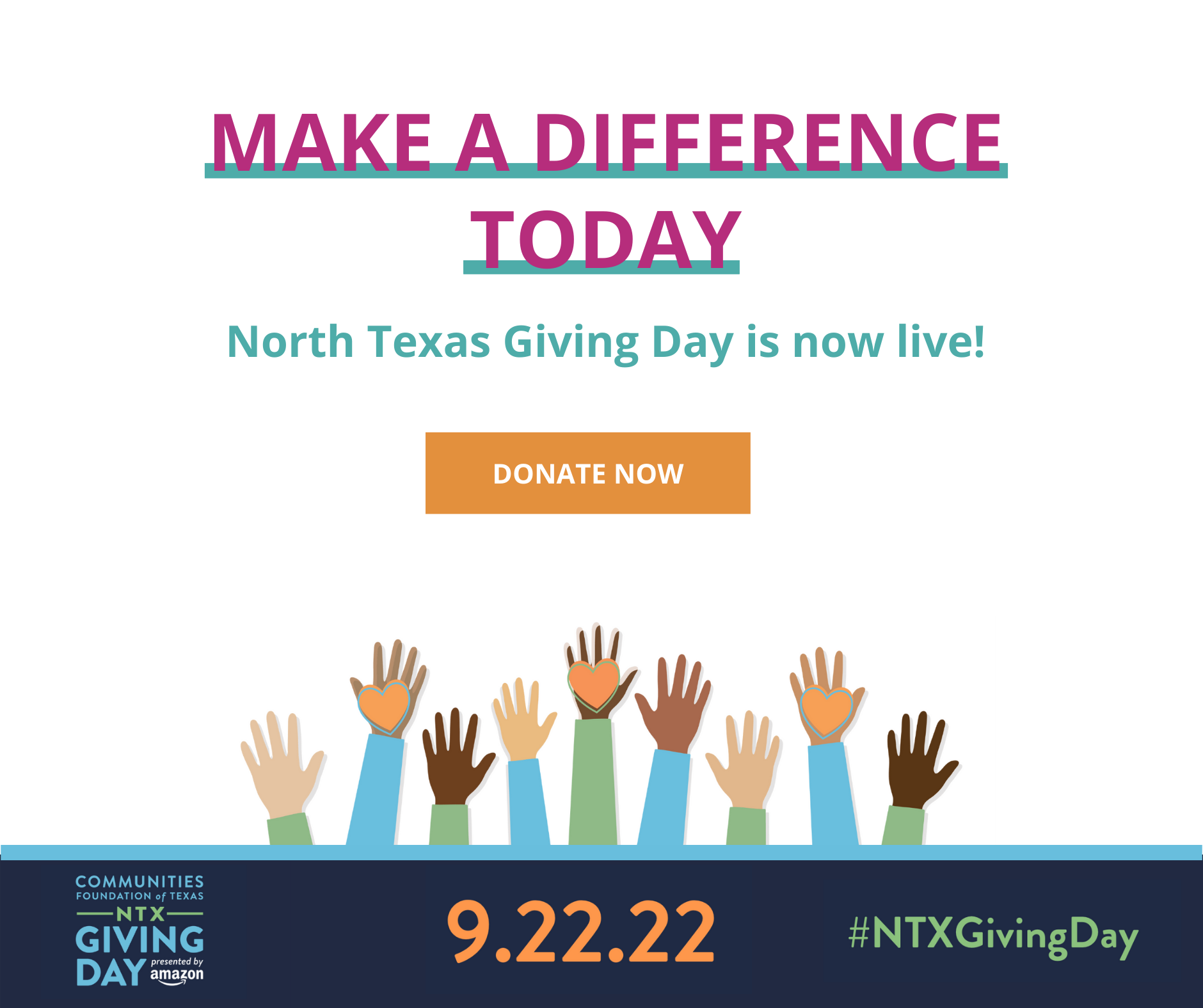We pulled together this month’s 10 most noteworthy child welfare research articles for you. Read them all here and take action today!
- Transforming Child Welfare: Prioritizing Prevention, Racial Equity, and Advancing Child and Family Well-Being (National Council on Family Relations)
“The child welfare system is overdue for substantial transformation. Families and communities of color have experienced the brunt of the failings and limitations present in current policy and practice. A transformed approach is needed that prioritizes maltreatment prevention, racial equity, and child and family well-being. The Family First Prevention Services Act is an important step in this effort, although its scope falls short of the significant changes that are needed to effectively serve children and families. Transformation requires intentional efforts to disentangle poverty and child neglect, and investments in communities to build robust, accessible continua of prevention services.” With the goal of transforming the child welfare system in mind, the authors of this policy brief offer five recommendations for policymakers: reconceptualize the mandatory reporting system; expand primary prevention programs to families in their communities; address institutional racism within child welfare programs; invest in evidence-based interventions; and allocate more resources for kinship caregivers, equivalent to what is available for nonrelative foster parents.”

TexProtects Takeaway: Since the establishment of formalized state child protection systems, the majority of funding and resources have been directed to child abuse/neglect investigations and out-of-home placements. In 2016, only 15% of the $30 billion invested nationally was directed toward prevention services. This is also true in Texas, where prevention makes up only 5% of the DFPS budget.
2. Strategies to Build Evidence for Kinship Navigator Programs Under the Family First Act
“The 2018 Family First Prevention Services Act (Family First Act) provides funding for kinship navigator programs that demonstrate evidence of effectiveness. Many agencies believe their kinship navigator programs benefit kinship caregivers and their families; however, to qualify for Family First Act funding, stronger research evidence is needed to understand whether and how families benefit. This brief identifies common challenges agencies face in building this evidence and suggests ways to address these challenges, including defining the program model; selecting a comparison group; ensuring an adequate sample size; selecting appropriate outcomes and reliable and valid measures; and collecting data.”

TexProtects Takeaway: Kinship Navigator Programs can be a critical lifeline for kinship caregivers involved with the child welfare system. While it is always the goal for children to remain with family members, kinship caregivers are often unprepared for the financial burden of caring for another child and are unable to navigate the complicated web of resources available to them. Investing in Kinship Navigator programs will help to mitigate child trauma by ensuring more children are able to remain with their family members.
3. State Child Abuse & Neglect (SCAN) Policies Database (Office of Planning, Research, and Evaluation – OPRE, Children’s Bureau in the Administration for Children and Families, Mathematica, and Child Trends)
“SCAN Policies Database includes data on select definitions and policies related to child maltreatment incidence for 50 states, the District of Columbia, and Puerto Rico. The data is organized into six variable domains: 1. Definitions of child abuse and neglect; 2. Reporting policies; 3. Screening policies; 4. Investigation policies; 5. Child welfare responses; 6. Child welfare system context.” Texas’ most recent profile, including data collected from May 2019 to July 2020, can be found here.

TexProtects Takeaway: Although federal law identifies certain acts or behaviors as child maltreatment, each state has their own legal definitions of child abuse and neglect. This leads to differing state policies and implementation in child maltreatment reporting and investigations. The SCAN database is able to be linked with other child welfare data sources, revealing important trends such as the incidence of child maltreatment, the child welfare system response, and ultimately child safety and well-being outcomes. At a time when the Texas child welfare system is under extreme strain due to COVID-19 and the on-going federal lawsuit, we must take the time to identify what is working in Texas and what is not, in order to better support and protect our children.
4. Child Maltreatment Reporting in Rural vs. Urban Areas (Children’s Bureau Express)
“Most of the research on child maltreatment focuses on children in urban areas since they outnumber those in rural areas. A recent article in Children and Youth Services Review emphasizes child maltreatment statistics in rural areas, comparing maltreatment reports, report sources, and service outcomes with those in urban areas. The study examines three research questions: Do maltreatment reports differ between urban and rural areas during the study period (2003–2017)? Do report sources differ between urban and rural areas? Does the probability of substantiation and post response outcomes differ by report source and urban or rural area? This is the first major study in recent years to examine and compare national data for child maltreatment reports, report sources, and services outcomes for rural and urban areas. It is important to note that there are several limitations to the study, such as that it relied on official child maltreatment data and screened-in reports, which may undercount the actual occurrence of maltreatment.”

TexProtects Takeaway: Most research on child abuse/neglect reporting has historically focused on children in urban areas, exposing a gap in data pertaining to children in rural areas. This study revealed children in rural areas have higher rates of abuse/neglect reports and re-reports, a critical reminder that we must continue to work on investing in and expanding access to prevention services across the state of Texas. Your zip code should not determine if your family can access support services before a crisis occurs.
5. Distinguishing Racism, Not Race, as a Risk Factor for Child Welfare Involvement: Reclaiming the Familial and Cultural Strengths in the Lived Experiences of Child Welfare-Affected Parents of Color (Stephens, T.)
“Child welfare-affected parents of color (CW-PaoC) are often described using language that is deficit-focused, their families depicted as fragile and living in a near constant state of crisis and need. This commentary challenges the stereotypes created by hyper-attention to these parents’ struggles and situates them, and their families, within the broader context of the American appetite for family separation, wherein specific types of families are targeted for scrutiny, intervention and regulation. The concept of fragility within families is dissected to illustrate the ways in which racism and classism demarcate certain families for separation. Excerpts from two separate interviews conducted with Black mothers in 2014 and 2020 are used to illustrate how the appetite for family separation is currently fed. Familial and cultural strengths that counteract the prevailing deficit-focused narrative of CW-PaoC, particularly Black parents, are discussed. This commentary ends with a call for the dissolution of the CW system in its current regulatory form and the rebuilding of family-centered supports that center familial strengths.”

TexProtects Takeaway: Families of color continue to be grossly over-represented in the US child welfare system. It is time for the child welfare system to recognize and acknowledge the strengths within families of color and commit to a strengths-focused approach when interacting with families, ensuring that each family receives fair, equal, and equitable treatment.
6. Maltreatment of Children with Disabilities (Legano, L., Desch, L., Messner, S., Idzerda, S. & Flaherty, E.)
“The purpose of this clinical report is to ensure that children with disabilities are recognized as a population at increased risk for maltreatment. This report updates the 2007 American Academy of Pediatrics clinical report “Maltreatment of Children With Disabilities.” Since 2007, new information has expanded our understanding of the incidence of abuse in this vulnerable population. There is now information about which children with disabilities are at greatest risk for maltreatment because not all disabling conditions confer the same risks of abuse or neglect. This updated report will serve as a resource for pediatricians and others who care for children with disabilities and offers guidance on risks for subpopulations of children with disabilities who are at particularly high risk of abuse and neglect. The report will also discuss ways in which the medical home can aid in early identification and intervene when abuse and neglect are suspected. It will also describe community resources and preventive strategies that may reduce the risk of abuse and neglect.”

TexProtects Takeaway: The rate of child abuse and neglect is at least 3x higher among children with disabilities than in the typically developing population. However, not all disabilities confer the same risks of child/abuse neglect. Researchers discovered children with milder forms of disabilities are at a higher risk of abuse/neglect than more profoundly affected children, and certain types of disabilities are associated with different forms of child abuse. For example, children with behavioral difficulties are at a greater risk for physical abuse and children who are nonverbal or hearing impaired are more likely to experience neglect or sexual abuse. In order to mitigate these risks, it is critical that children have a trusted Pediatrician and medical home. This is just one way families can receive the support and education they need.
7. Supporting School Stability for Children in Foster Care during COVID-19 and Beyond (American Bar Association Center on Children and the Law, National Council of Juvenile and Family Court Judges)
“This alert highlights: Why prioritizing education is important for children in foster care; Critical education issues for children in foster care; Who is involved in advocating for the education of children in foster care; Judges’ roles in keeping children in care on track in school; And how courts can collaborate with schools and child welfare agencies to help children in care succeed in school.”

TexProtects Takeaway: We know that having a supportive relationship with a caregiver or adult can help to mitigate the devastating effects of childhood trauma and adverse childhood experiences (ACEs). Due to COVID-19, many children have lost access to their teachers and school counselors who offer safety and stability. For children involved in the child welfare system, the situation is even more dire, as they are at a high risk of school disruption leading to significant learning loss, increased behavior issues, and a higher drop-out rate. As we continue to navigate the ever-evolving COVID-19 crisis, it is imperative that we prioritize stability for children in every phase of the child welfare process.
8. Interpretability of Machine Learning in Child Welfare (Chapin Hall at the University of Chicago)
“Despite the predictive power of machine learning (ML) models, they are difficult to apply and interpret. This has stymied translation of research into practice and policy in child welfare. As a proof of concept, we sought to bridge this gap in child welfare by testing a novel interpretation methodology in ML, Shapley Additive Explanation or SHAP (Lundberg et al., 2020). First, we developed a random forest ML model to predict the risk of youth running away from care within 90 days of entering a child welfare system. Second, we applied SHAP to the random forest ML model to identify and quantify the influence of important predictors and combination of predictors on the predicted risk of runaway. Demonstrating that SHAP can be used in child welfare research might facilitate end users of ML, such as child welfare administrators and caseworkers, in making relevant policy and practice changes.”

TexProtects Takeaway: This exciting new research tool, machine learning models, is able to mine data and “learn” underlying patterns, leading to more accurate predictions. As the child welfare field has become increasingly interested in using predictive analytics to better inform prevention strategies, these models can be used to predict which families would most benefit from prevention supports. These tools will allow for a more upstream approach and the ability to intervene with a family BEFORE a crisis occurs.
9. CDC Resource Addresses Pandemic-Related Youth Mental Health Challenges (Children’s Bureau Express)
“While its impact has been quite visible through the news media and the restructuring of family, work, and school life across the globe, less visible are the mental health effects the pandemic has had on individuals, particularly children, youth, and young adults. Recognizing the social, emotional, and mental health challenges facing this young population, the Centers for Disease Control and Prevention (CDC) developed a resource kit for parents, caregivers, and other adults to support their efforts to identify and respond to these challenges and ensure the well-being of the young people in their lives. This toolkit is also beneficial for those caring for and working with families involved with child welfare, as these families are already experiencing increased stress and trauma made worse by the loss of face-to-face supports, meaningful family visits, and school and work adjustments.”

TexProtects Takeaway: Unfortunately, we are already beginning to see the devastating effects COVID-19 has had on young people in the US. Youth have faced isolation, loss of normalcy, and educational setbacks during the pandemic. Each one of us has a role to play in supporting the young people in our lives and our communities. This CDC resource can help and can be accessed here.
This resource guide first emphasizes the importance of supporting young children’s social and emotional needs through an integrated early childhood system of care, which involves children, families, and providers. The guide goes on to discuss considerations for implementing social-emotional early childhood initiatives, including the use of theories of change and logic models, stage-based frameworks, prevention-based approaches, and professional development strategies for caregivers. Each initiative discussed is supported by both implementation strategies and implementation examples.

TexProtects Takeaway: As young children develop, their early emotional experiences literally become embedded in the architecture of their brains (National Scientific Council on the Developing Child, 2004, p.1). With this knowledge, “identifying strategies to support a child’s social and emotional well-being is just as important as his or her physical health.”






